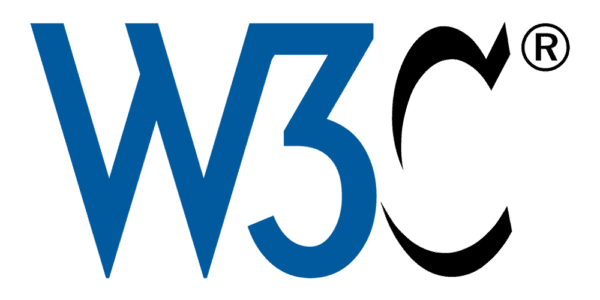Web Accessibility Standards ADA, WCAG 2.1 and Section 508 Compliance

Section 508 Standards and WCAG Guidelines for Web Accessibility Compliance
The population of individuals with disabilities is growing rapidly on a global scale. Imagine if your business’s or organization’s digital presence was not usable for these individuals? You don’t want this to be the case and, fortunately, there are standards put in place to ensure it’s not.
As years go on, the numbers continue to drastically rise, 19 percent of the population (about 56.7 million people) had a disability in 2010, according to the United States Census Bureau. As defined by the Americans with Disability Act, an individual is considered to have a disability if they have a physical or mental impairment that substantially limits one or more major life activities.

Web Accessibility Can Be Complicated
Let ADA FOR WEB ensure you are headed in the right direction and are Prepared To Be Compliant with WCAG and Section 508 Standards.
The 4 Primary Categories of Disabilities

1) Hearing Impairments
If you are a hearing-impaired individual, the last thing you want to see when trying to communicate with a company is a phone number listed as the only form of contact. If you’re unable to hear well on the phone, you won’t be able to communicate effectively, or at all, with that company. That is a struggle many in the hearing-impaired community face on a day to day basis. According to the World Federation of the Deaf (WFD), there are approximately 72 million people who are deaf worldwide.
2) Vision Impairments
When creating and building a website, we often become consumed with the need for a beautiful visual appearance. We focus on what graphics look the best and if the color scheme and fonts match correctly. However, have you considered those who are unable to effectively see your website? According to the World Health Organization, it is estimated that approximately 1.3 billion people live with some form of vision impairment globally and 36 million people are blind.
3) Mobility Impairments
Global Internet usage is rapidly growing for many reasons, some of which is due to the ease of being able to access services from the comfort of your home. For some people with physical and motor impairments, the Internet is one of the few ways to maintain independence. Through the use of the world-wide-web they are able to purchase supplies, do research, communicate with others and essentially, access the world.
4) Cognitive Impairments
If a person has difficulty with one or more average mental tasks, there is a chance that person falls in the category of having a cognitive disability. According to the Special Olympics, approximately 6.5 million people in the United States have a cognitive disability and 1 to 3 percent of the global population has been diagnosed with one. Cognitive disabilities can be classified in two ways: by clinical disability or by functional disability. Some diagnoses includes individuals with autism, Down Syndrome, dementia and traumatic brain injuries (TBI). These types of disabilities can cause issues with memory, attention, problem-solving, reading, verbal comprehension and visual comprehension among a long list of other symptoms.

W3C Standards
Standards, Best Practices, Guidelines and Specifications

WCAG

Through the process of researching Web Accessibility, you may have heard about WCAG 2.1 — these are the standards W3C has set forth. Web Content Accessibility Guidelines (WCAG) 2.1 provides recommendations and best practices to ensure web content is more accessible. By following these guidelines, not only will your business or organization benefit from great reviews and more traffic to your website, it will also provide equal access for people with disabilities. WCAG also offers guidelines for web content on desktops, mobile devices and tablets, as today’s society expands and technology continues to advance
Section 508
These guidelines for building websites with 508 compliance are specifically set forth for those with physical, sensory, or cognitive disabilities. Within these 508 compliance testing standards are specific criteria to cover software applications, operating systems, telecommunication products, computers, web-based information and applications, self-contained closed product, video and multimedia.

What Are the Next Steps?
At ADA FOR WEB Solutions, we are leaders in Web Accessibility Compliance to provide websites according to section 508 standards and W3C guidelines.
Contact ADA for Websites to learn more and to discuss your upcoming project!
Email: support@adaforweb.com



